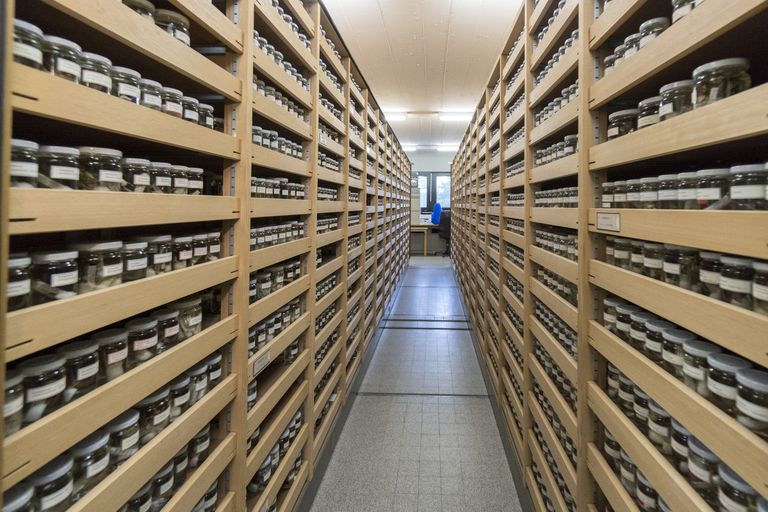Workshop 01|2023

The annual SwissCollNet workshop took place on the 20th of January 2023, in UniS Bern. It was divided into two parts.
After an overview of the current status of the SwissCollNet initiative, the morning session focused on data management for natural history collections. The following practical cases on data management were presented and discussed:
How to register objects, persons, collections and institutions to be FAIR
Implementation of the SPECIFY collection management system in the Geneva Museum
Data standards in practise: digitizing “difficult” 16th-18th century herbaria
Mass digitalisation of mayflies and stoneflies – state of the art and new pipeline to accelerate data acquisition
Homogenisation of data: how to bring together historical and recent collection data
Improving the link between DNA data and museum specimens
Imaging collections: why, how and what specimens? Input from a case study on fossils
The afternoon session aimed to pursue the building of a national strategy for Natural History Collections with the support of the whole network. After a presentation of the work done until now, the following focus themes were debated through group discussions:
- Empowering the Swiss network of natural history collections for the future
- Promoting Swiss natural history collections as a research tool
- Valorising Swiss natural history collections as a training, educational and cultural resource
For more information about this workshop, please refer to the page of the event.
Presentations
Morning Session - Managing and Processing Data from Natural History Collections
The related videos can be found in the banner on the right.
Afternoon Session - Building the National Strategy for Natural History Collections in Switzerland 2025-2035
The related video can be found in the banner on the right.
